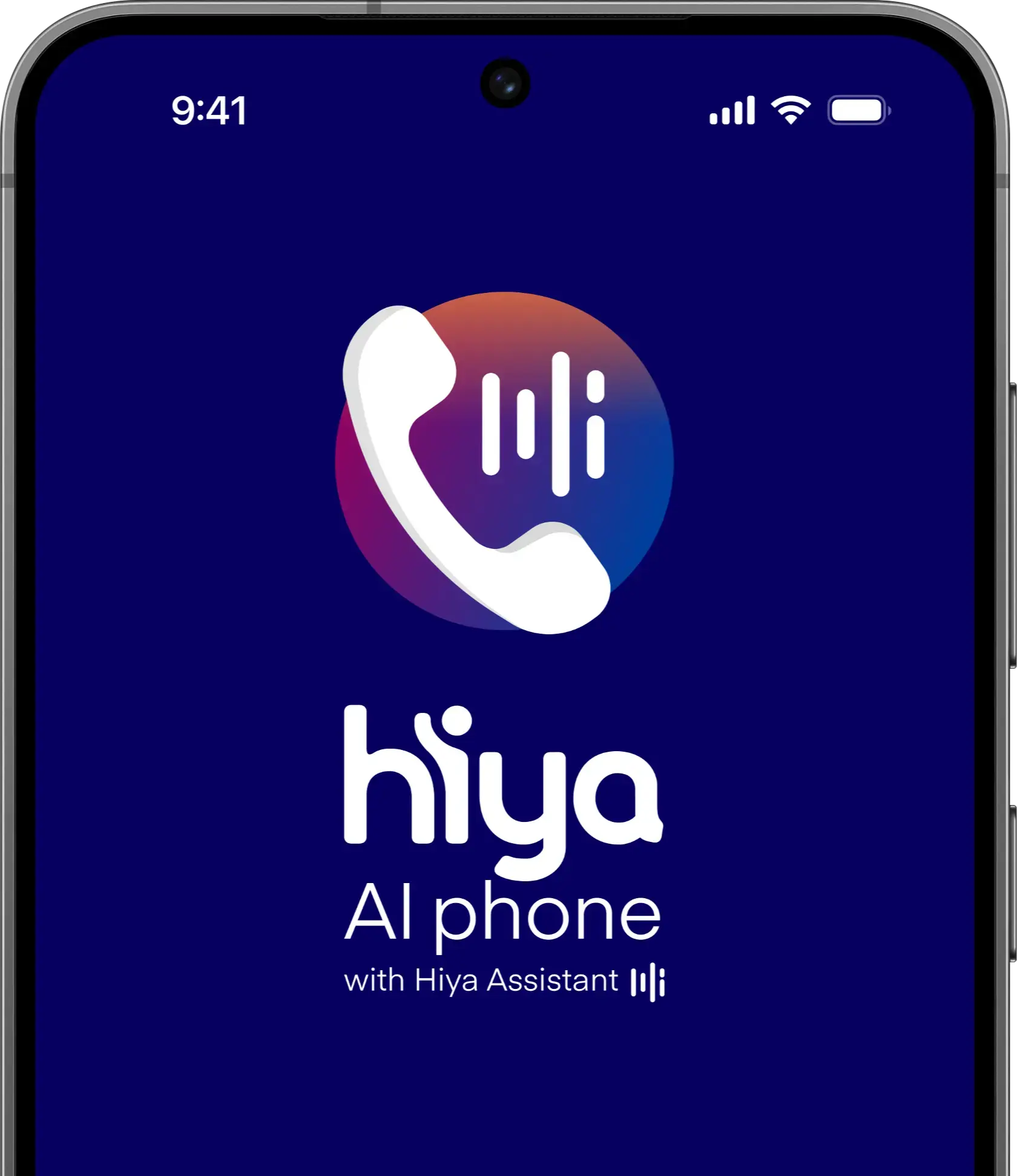
Consumers are being bombarded with spam. In response, carriers have implemented technology to block or label suspected spam and fraud calls based on their calling practices
As a result, legitimate businesses with poor calling practices can be labeled as spam. To avoid this, a whole new category of solutions — a cottage industry — has emerged specifically to get around spam and fraud protection that carriers have put into place. These solutions offer callers a quick fix to carriers’ spam labels, without addressing calling practices. Primarily this is through the practice of rotating phone numbers.
What is number rotation?
Number rotation is the practice of switching numbers to avoid spam detection. To rotate numbers, businesses acquire multiple phone numbers — sometimes hundreds of thousands — and swap them out when they’re believed to be at risk of flagging. Numbers may be “rested” or “cooled” for some time and then brought back into rotation, so a caller can continuously cycle through a large set of numbers.
Number rotation isn’t just used by bad actors on the voice network. It’s been touted as a best practice for businesses to maintain a positive calling reputation — when in fact the real solution is to maintain positive calling practices.
It’s become so common that according to our latest data, 30% of active phone numbers on a given day have little or no calling history.
But why exactly is number rotation a problem?
What’s wrong with number rotation?
Number rotation is not just a hallmark of illegal spammers and scammers but is commonplace for all kinds of businesses. Quick-fix solutions have spread the harmful myth that carrier call protections can be evaded simply by changing numbers. This has caused legitimate businesses to believe that they need to spend time and resources following this practice.
Here are some reasons why number rotation is an unacceptable response to spam labeling:
- Bad for businesses – Unscrupulous companies spend much time and money on reputation management services and software, but spam labels eventually catch up with them. Meanwhile, reputable companies may feel the need to add these services in order to compete.
- Bad for carriers – Carriers want satisfied customers. To accomplish that, they need to protect their customers from scammers and spammers and help businesses connect with customers who want to receive their calls.
- Bad for phone subscribers – Subscribers want to have meaningful conversations with friends, family, and businesses — without being pestered by spammers and scammers. If they can’t, they’ll switch to a different carrier or find a different means of communicating.
The only solution for businesses to avoid spam labeling is to not behave like spammers by adopting calling practices that result in meaningful, engaging phone calls with recipients. There are legitimate ways to create a better calling experience, and they don’t require time and resources to be spent on number rotation.
Calling behaviors that may attract spam labels
Many well-intended businesses may use calling behavior that results in a negative subscriber experience. Practices that can potentially result in a spam label include:
- Excessive calling – Some businesses will call multiple times a week or even multiple times a day, which can lead to a spam label. So can calling outside of acceptable hours in the call recipient’s time zone.
- Hard-sell tactics – Call center agents should let customers know the reason they are calling and should be able to take no for an answer. If agents use hard-sell tactics, customers are likely to report the number as spam.
- Using only local phone numbers – Neighbor spoofing is a common way for scammers to get people to pick up their calls by using a phone number similar to the one where the recipient lives. Because it often works, valid businesses also buy local numbers to increase the chances of their calls being picked up. But this is another example of a tactic to try to get around spam labeling, and it also increases the chances of the call being automatically labeled as spam.
- Sharing lines for multiple businesses – Sometimes a call center will use a single phone number for multiple, unrelated businesses. This creates a mix of reputation signals for all businesses involved, as it is not possible for spam filters to tell which business is being represented for each call.
The right way to improve your calling reputation
The real solution is to be a good caller and employ good calling practices that will engage your customers. If businesses employ good calling practices, customers will want to answer their calls, and they won’t need to waste time and money on solutions that offer number rotation or any other service that promises a quick (and ultimately ineffective) fix.
If you would like to learn more about how calling practices impact company reputation, you can download Hiya’s free eBook10 Tips to Improve Your Reputation and Get Your Business Calls Answered








